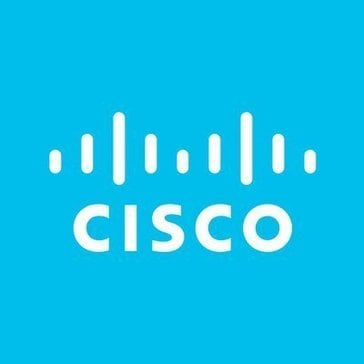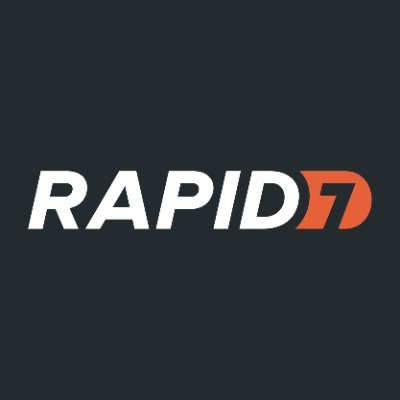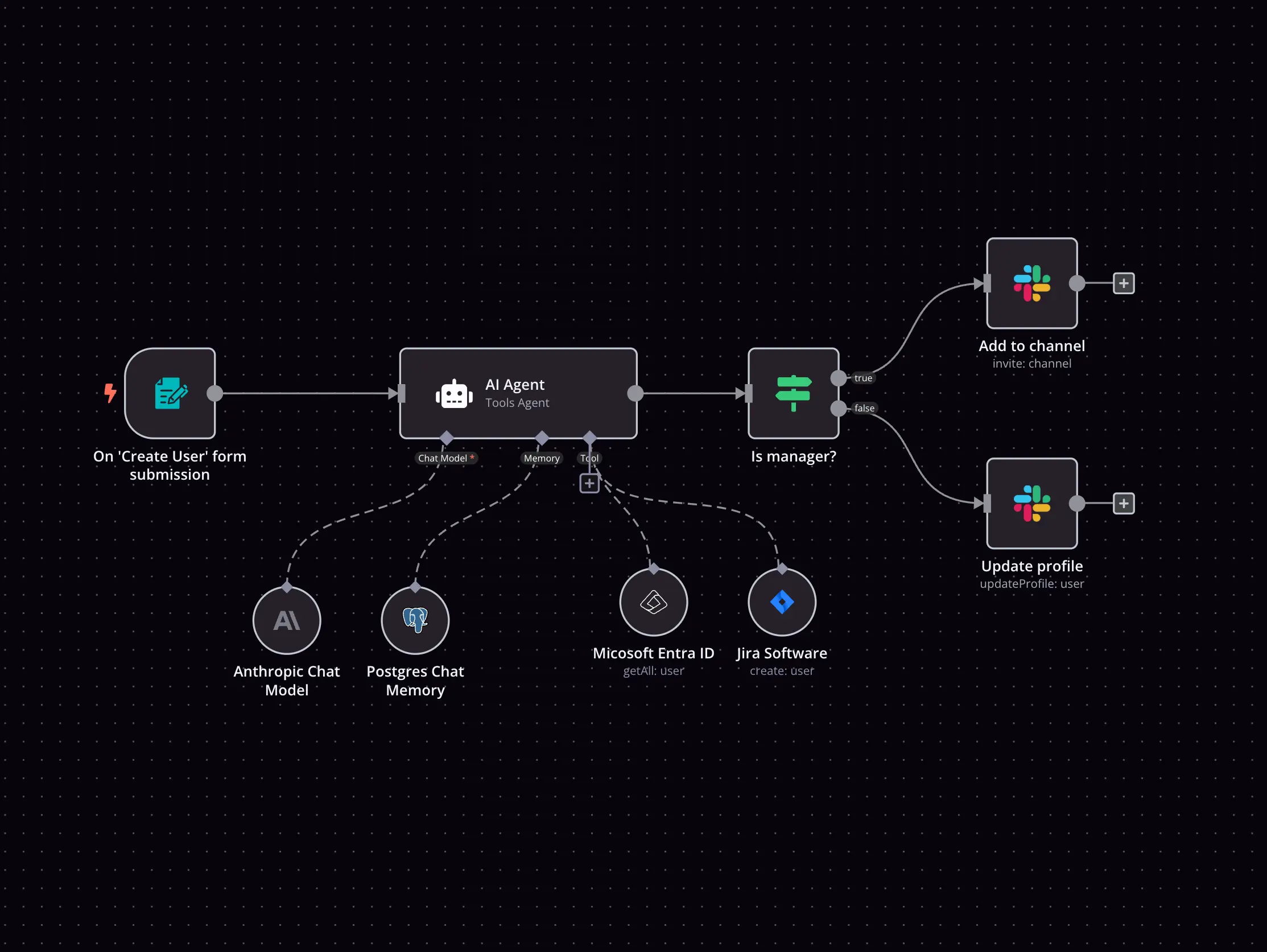Cisco Meraki and Rapid7 Insight Platform integration




How to connect Cisco Meraki and Rapid7 Insight Platform
Create a new workflow and add the first step
In n8n, click the "Add workflow" button in the Workflows tab to create a new workflow. Add the starting point – a trigger on when your workflow should run: an app event, a schedule, a webhook call, another workflow, an AI chat, or a manual trigger. Sometimes, the HTTP Request node might already serve as your starting point.
Build your own Cisco Meraki and Rapid7 Insight Platform integration
Create custom Cisco Meraki and Rapid7 Insight Platform workflows by choosing triggers and actions. Nodes come with global operations and settings, as well as app-specific parameters that can be configured. You can also use the HTTP Request node to query data from any app or service with a REST API.
Supported API Endpoints for Cisco Meraki
Get Organizations
List the organizations that the user has privileges on.
Create Organization
Create a new organization.
Get Organization
Return an organization.
Update Organization
Update an organization.
Delete Organization
Delete an organization.
Get Networks
List the networks in an organization.
Create Network
Create a new network.
Get Network
Return a network.
Update Network
Update a network.
Delete Network
Delete a network.
Get Devices
List the devices in a network.
Claim Device
Claim a device into a network.
Get Device
Return a device.
Update Device
Update the attributes of a device.
Remove Device
Remove a device from a network.
Get Clients
List the clients that have used this network in the timespan.
Get Client
Return the client associated with the given identifier.
Update Client Policy
Update the policy assigned to a client.
Provision Client
Provisions a client with a name and policy.
Get Client Usage History
Return the client's daily usage history.
To set up Cisco Meraki integration, add the HTTP Request node to your workflow canvas and authenticate it using a predefined credential type. This allows you to perform custom operations, without additional authentication setup. The HTTP Request node makes custom API calls to Cisco Meraki to query the data you need using the URLs you provide.
See the example hereTake a look at the Cisco Meraki official documentation to get a full list of all API endpoints
Supported API Endpoints for Rapid7 Insight Platform
Create scan configuration
Creates a new scan configuration for the application.
Export vulnerabilities
Exports the list of vulnerabilities found in the application.
View vulnerability details
Retrieves detailed information about a specific vulnerability.
Test vulnerability remediation
Tests if a vulnerability has been successfully remediated in the application.
Filter Vulnerabilities
Filter and review vulnerabilities using the API.
Export data
Exports application security data for reporting purposes.
To set up Rapid7 Insight Platform integration, add the HTTP Request node to your workflow canvas and authenticate it using a generic authentication method. The HTTP Request node makes custom API calls to Rapid7 Insight Platform to query the data you need using the API endpoint URLs you provide.
These API endpoints were generated using n8n
n8n AI workflow transforms web scraping into an intelligent, AI-powered knowledge extraction system that uses vector embeddings to semantically analyze, chunk, store, and retrieve the most relevant API documentation from web pages. Remember to check the Rapid7 Insight Platform official documentation to get a full list of all API endpoints and verify the scraped ones!
Cisco Meraki and Rapid7 Insight Platform integration details
FAQ
Can Cisco Meraki connect with Rapid7 Insight Platform?
Can I use Cisco Meraki’s API with n8n?
Can I use Rapid7 Insight Platform’s API with n8n?
Is n8n secure for integrating Cisco Meraki and Rapid7 Insight Platform?
How to get started with Cisco Meraki and Rapid7 Insight Platform integration in n8n.io?
Looking to integrate Cisco Meraki and Rapid7 Insight Platform in your company?
The world's most popular workflow automation platform for technical teams including
Why use n8n to integrate Cisco Meraki with Rapid7 Insight Platform
Build complex workflows, really fast
